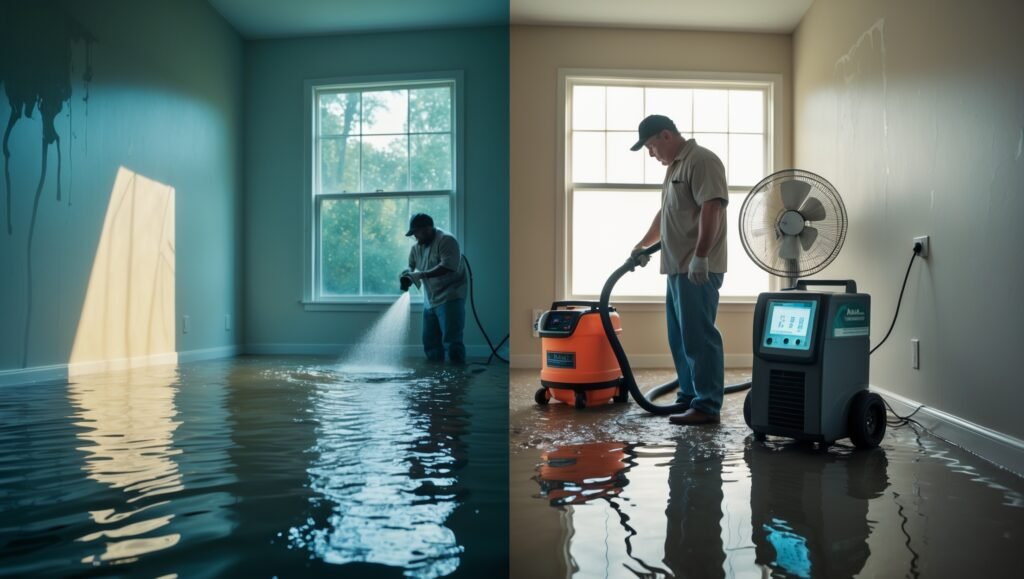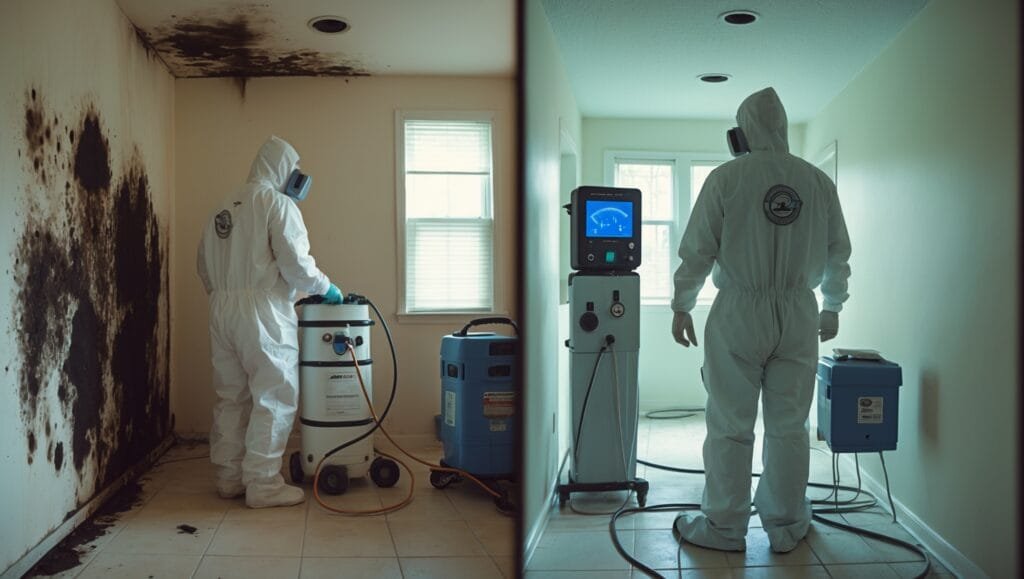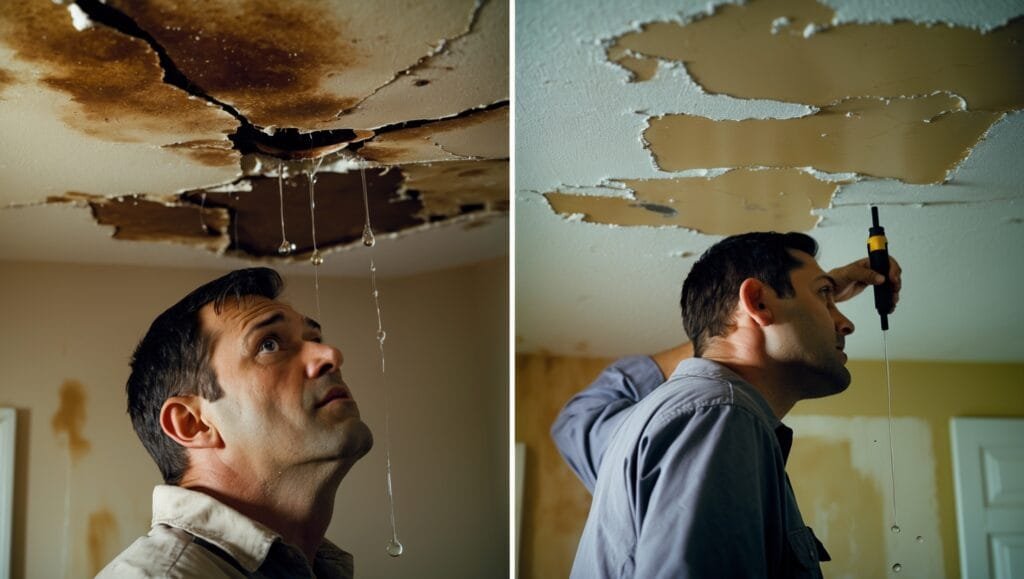Flooded House? Your Survival Guide to Minimizing Damage and Stress
Water just poured through your living room ceiling. Your heart’s racing. Panic’s setting in.
A flooded house isn’t just water—it’s potential thousands in damage, mold risks, and sleepless nights. But here’s the good news: with the right steps, you can minimize destruction and save your home. JetDry Cleaning & Restoration in Rochester, NY knows exactly how to turn this nightmare around.
Understanding Water Damage: The First 24 Hours Are Critical
When water invades your home, every minute counts. The clock starts ticking the moment water touches your floors, walls, and belongings. Here’s why speed matters:
- Mold can start growing within 24-48 hours
- Structural damage accelerates rapidly
- Electrical systems become increasingly compromised
- Personal belongings can become permanently ruined
Bottom line: Quick action prevents catastrophic damage and saves you serious money.
Categories of Water Damage: Not All Water is Created Equal
Water damage isn’t a one-size-fits-all problem. Professionals like Walt Latuik at JetDry categorize water damage into three critical levels:
Category 1: Clean Water
Comes from sanitary sources like broken water lines or sink overflows. Least dangerous, but still requires immediate attention.
Category 2: Gray Water
Contains significant contamination. Could be from washing machine discharge or dishwasher leaks. Potential health risks start here.
Category 3: Black Water
Extremely contaminated water from sewage, flooding, or standing water. Highest health risk and requires professional intervention.
Bottom line: Water type determines cleanup complexity and potential health hazards.
Immediate Steps When Your House is Flooded
Here’s your emergency action plan:
- Shut off main water supply
- Turn off electricity at breaker box
- Remove valuable items from affected areas
- Call JetDry’s emergency services immediately
- Document everything for insurance
One Rochester homeowner, Mark T., called JetDry after a burst pipe flooded his basement. By acting within two hours, we saved over $15,000 in potential damage. His quick call meant minimal structural issues and zero mold growth.
Bottom line: Your fastest phone call can save thousands in potential repairs.
The Hidden Dangers Lurking After Water Damage
Water isn’t just wet—it’s destructive. Beyond visible damage, here are risks most homeowners don’t see:
- Mold growth in wall cavities
- Compromised electrical systems
- Wood rot and structural weakening
- Long-term health risks from bacterial growth
Pro tip: Just because water looks gone doesn’t mean damage is over. Moisture can hide in walls, under floors, creating silent destruction.
Bottom line: Invisible damage can be more expensive than visible water.
Why DIY Water Damage Cleanup is Risky
YouTube tutorials might seem tempting, but water damage restoration isn’t a weekend project. Professional intervention means:
- Advanced moisture detection tools
- Industrial-grade drying equipment
- Proper sanitization techniques
- Comprehensive damage assessment
Walt Latuik always says, “Amateur cleanup is like putting a band-aid on a broken leg.”
Bottom line: Professional restoration saves money and prevents future complications.








